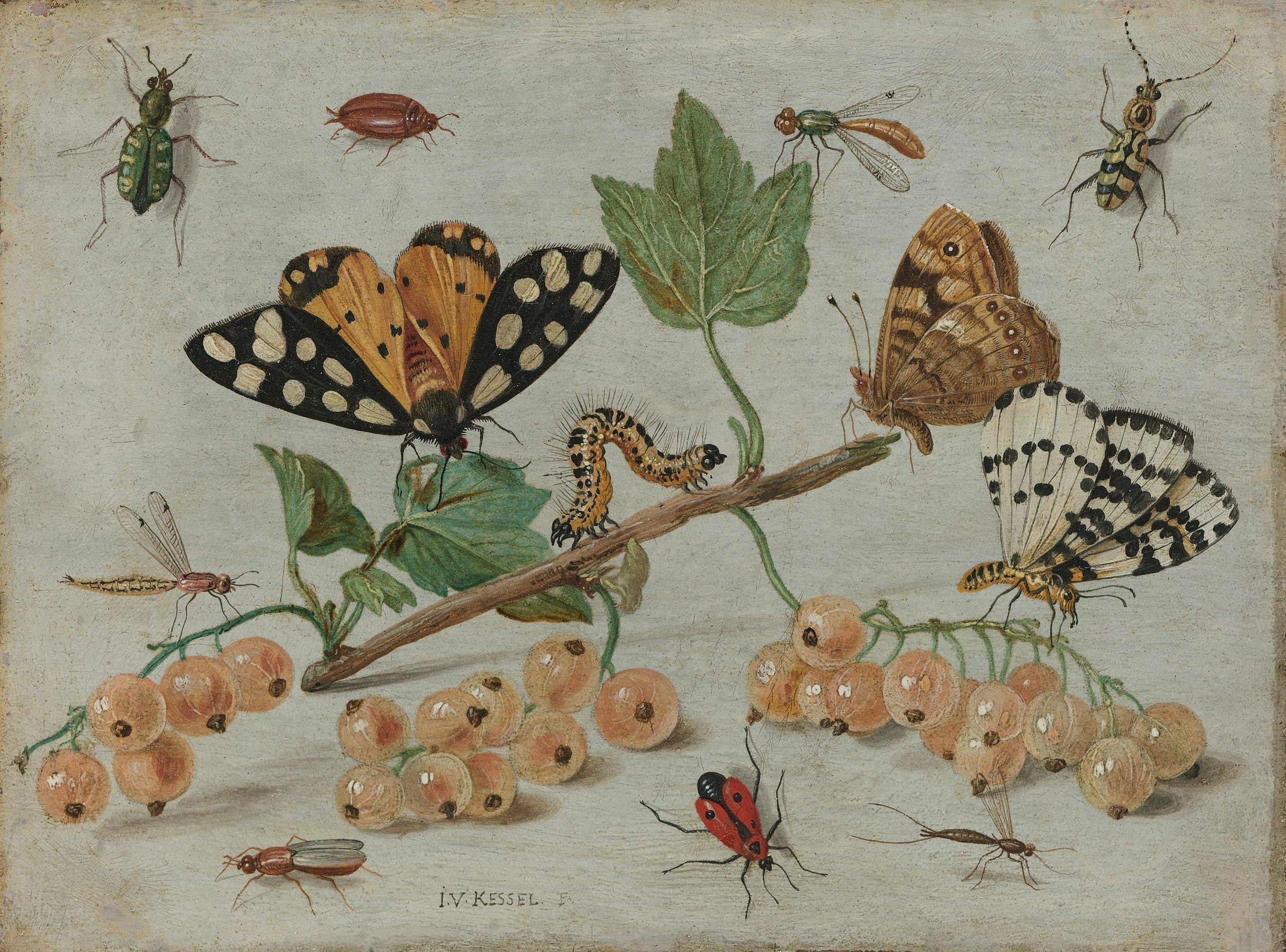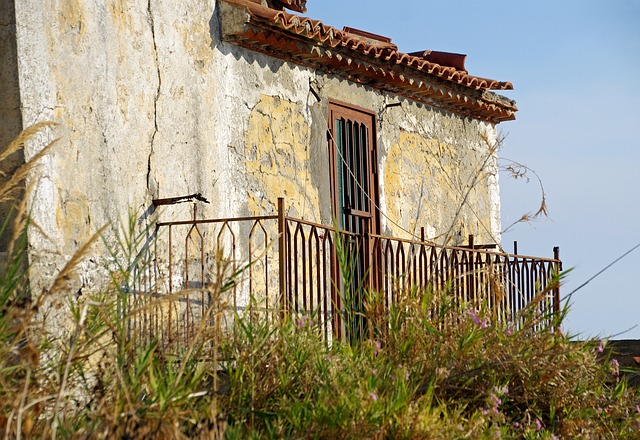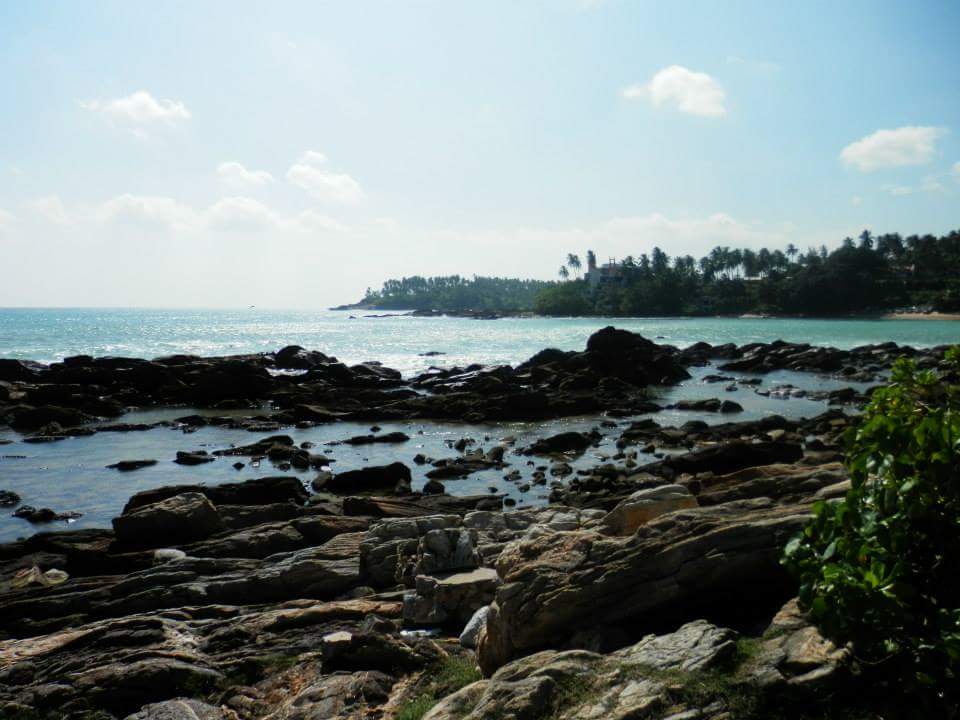The Wonder Valley Desert of Gram Parsons

Something was being killed outside the cabin. I lay very still and completely alone, eyes wide open to the new-moon night that pressed in through the windows. The yipping of coyotes close by must have awakened me, and the sound was intensifying. Suddenly, a strangled, high-pitched scream broke out of the scrum of noise. Probably a jackrabbit. The shriek rose higher still, then cut off.
The time was 3 a.m. It was my first night in Wonder Valley, California.
I was staying by myself in an off-the-grid cabin in the middle of the vast, flat valley, a 30-minute drive from Joshua Tree National Park. The mountains were all around, 360 degrees of them. Sharp and uncompromising, their slopes bare and rocky, they set the boundaries for my vision. My nearest neighbor was a mile away, and that wasn’t far enough. Above me was the indifferent sky, where the sun and stars and moon wheeled past in their ancient procession.
After the killing was done, the deep silence of the desert returned, and I must have fallen back asleep quickly. When I awoke at sunrise, the whole thing seemed like a dream. I went to pee in the outhouse, and when I was done I ventured into the dawn-washed desert, looking for the kill site, for any evidence of what I had heard. I found nothing but the coyotes’ tracks in the dusty road that led to my door.
I called my wife and told her about the sound in the night. “That’s just the food chain rattling, honey,” she said.
*
People go to the desert to lose themselves. People go to the desert to find themselves. Sometimes those two things are the same thing.
“Along with Keith Richards, he scanned the night skies for UFOs. It was in room 8 of the Joshua Tree Inn that Parsons fatally overdosed on a combination of alcohol and morphine on September 19, 1973. He was 26.”
For decades, this part of the American West has attracted all sorts of philosophers, writers, musicians, weirdos, and visionaries. In the late 1960s, the Joshua Tree area was a favored hangout of the guitarist and songwriter Gram Parsons, who played with the groundbreaking bands the Byrds and the Flying Burrito Brothers before striking out on his own.
He came out here, like so many others, to marvel at the bulbous rock formations and the twisted, almost-human silhouettes of the Joshua trees themselves. Along with Keith Richards, he scanned the night skies for UFOs. It was in room 8 of the Joshua Tree Inn that Parsons fatally overdosed on a combination of alcohol and morphine on September 19, 1973. He was 26.
A few months earlier, Parsons had made a pact with his manager, Phil Kaufman, that if either of them died the other would make sure that he was cremated and his ashes scattered in the park. Kaufman tried to make good on his promise, going to the Los Angeles airport with a fake hearse and stealing Parsons’ body before it could be loaded onto a plane back to his native New Orleans and the family that he hated. Kaufman and a friend managed to get Parsons out to Cap Rock in Joshua Tree, pour gasoline in his coffin, and light him on fire, but cops came to the scene before the corpse was consumed. Parsons’ half-burned body ended up being buried in New Orleans after all.
I read a version of this story on the Desert USA blog before I left for my week in the desert, and then I put Gram Parsons: The Complete Reprise Sessions on my Spotify playlist. I had never really thought that much about Parsons before, although a couple of his songs — “Love Hurts,” recorded with Emmylou Harris only a few months before he died, and “Hickory Wind,” from the Byrds album Sweetheart of the Rodeo — had entered my deep consciousness without any effort on my part.
“We like to think that the desert has a place for us, that somehow we can be a part of what we find out here. But we never really can. Out here, we just cling to the rough hide of the planet and hope we don’t get thrown off.”
Even if you think you don’t know Parsons’ work, you probably have felt its influence. In the late ’60s and early ’70s, he helped to invent a style of music that became widely known as country rock. That sound blew up, then got taken into mainstream pop by bands such as the Eagles before fading from the scene. Parsons remained a touchstone for artists including Elvis Costello, Chrissie Hynde, and Beck.
Parsons hated the label the recording industry gave his music. As I drove through the desert, I listened to an interview where he explains his objections to the term. “I think pure country includes rock and roll, I don’t think you have to call it ‘country rock,’” he says. “You can call it rock and roll, or you can call it country. I grew up in the South. I never knew the difference between Negro gospel music and country music, it all was just music to me.”
Gram Parsons died almost 44 years ago. Now I was in the place he loved so much he wanted to be dead here forever. Listening to his voice on Spotify, I could only imagine how much he might have hated the idea behind the streaming service — that music can be algorithmically divided into dozens of very specific genres and then served to specific people based on what they had listened to before.
The idea of a segmented, stratified musical world, where you only listen to what is “suggested for you,” seems antithetical to what he believed music should be. “How can you define something like that?” he says in the interview. His voice is gentle but insistent as he makes his point. “I just say that it’s music. Either it’s good or it’s bad. Either you like it or you don’t.”
*
Outside the picture window where I sat and wrote that week I spent in Wonder Valley, the only obvious sign of life was a few scant creosote bushes, twitching in the wind. I developed a fondness for the one closest to the cabin, feeding it my wastewater.
“The homestead lots are advertised as potential Airbnbable investments. The process of buying and selling Wonder Valley, like the experience of listening to music, has been algorithmized.”
The closest neighboring structures were a couple of abandoned homesteading claims, their windows blank eyes. These were the detritus of a post–World War II federal program that intended to make this bare and wild place into an orderly grid of human habitation, a Southern California Shangri-La. The desert, whose ecosystem is so obscure and subtle that humans can barely notice it when it’s right in front of them, was divided into neat five-acre parcels by a federal straightedge. You could get the land for $10 or $20 an acre, with the only requirement being that you build a structure. Then you could just kick back and live the American dream.
It didn’t work. Would-be homesteaders, many of them Los Angeles residents looking for weekend getaway spots, bought the land, raised the cabins, and found themselves unable to make sense of the landscape that surrounded them.
Nothing here is human scale. Nothing here can support human life. In the summer, temperatures regularly reach triple digits. Many of the things that live here sting or bite or prick. Water might be flowing deep under the sand of any given five-acre piece, waiting to be tapped, or it might not.
It’s much easier to walk away than to figure out how to survive this place. The wave of homesteading enthusiasm retreated quickly, leaving abandoned cabins scattered over the grid imposed by the would-be planners.
History, however, repeats itself. These days, many of the cabins are being bought up and renovated by another generation of would-be pioneers, who again are making the two-to-three-hour drive from LA on the weekends, looking for a place to lose themselves, a place to find themselves. The only restaurant in Wonder Valley serves brunch on Sundays to a crowd that includes many fashionably dressed, tattooed Angelenos who look like they might be more comfortable in Silver Lake or Venice.
The homestead lots are advertised as potential Airbnbable investments. The process of buying and selling Wonder Valley, like the experience of listening to music, has been algorithmized.
The desert remains the perfect setting for the stories Americans tell ourselves. Stories about freedom and self-determination, toughness and resilience. We like to think we can make something out of nothing, that we can transcend our surroundings. That we can conquer nature. We like to think that the desert has a place for us, that somehow we can be a part of what we find out here. But we never really can. Out here, we just cling to the rough hide of the planet and hope we don’t get thrown off.
*
I brought my acoustic guitar to Wonder Valley, and as soon as I arrived I took it outside. I’m only a beginner, and even though there was no one around to hear, I felt shy as I sat down on the concrete pad outside the cabin to play a few chords.
The desert doesn’t care about any of our little strivings. That’s one reason we are drawn there. I bet Gram Parsons liked that about the desert. It’s a relief to be in a place that doesn’t expect anything of us. It doesn’t even expect us to survive. And we won’t. None of us.
I played one of my songs all the way through. The wind took it right out of my hands, scattering the sound over the thin crust of the earth. It felt good to let it go. A raven flapped by and croaked once, twice. I watched it fly toward the mountains until it became just a speck in the cold blue sky. Until I couldn’t see it anymore.
ABOUT THE AUTHOR
Photo by Jessica Leigh Brown
Sarah Goodyear writes journalism about cities and the people who live in them. Her work has appeared in the Atlantic's CityLab, the New York Daily News, the Village Voice, Next City, and many other venues. Her first novel, View from a Burning Bridge, was published by Red Hen Press. She lives in Brooklyn, where she is at work on another novel and her first EP. You can find her on Twitter: @buttermilk1 and on Instagram: @goodyearsarah
Header photo by Matt Artz











